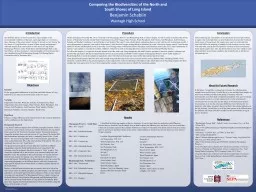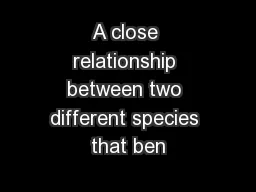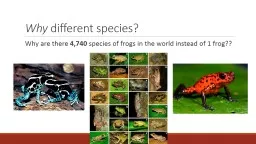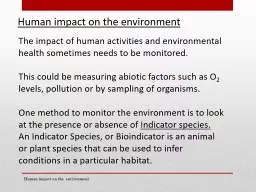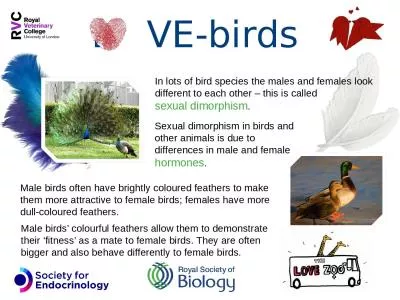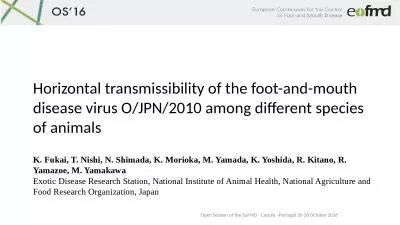PPT-The different species in various areas have a great impact
Author : sherrill-nordquist | Published Date : 2017-10-10
Because of this observation I decided to try and see how diverse the two shores of Long Island are in terms of their aquatic environments I collected samples from
Presentation Embed Code
Download Presentation
Download Presentation The PPT/PDF document "The different species in various areas h..." is the property of its rightful owner. Permission is granted to download and print the materials on this website for personal, non-commercial use only, and to display it on your personal computer provided you do not modify the materials and that you retain all copyright notices contained in the materials. By downloading content from our website, you accept the terms of this agreement.
The different species in various areas have a great impact: Transcript
Download Rules Of Document
"The different species in various areas have a great impact"The content belongs to its owner. You may download and print it for personal use, without modification, and keep all copyright notices. By downloading, you agree to these terms.
Related Documents

